Inspiration
Written by Lindsay Krause
The mighty peak of Mount Kilimanjaro, the Great Migration of stampeding wildebeest through the Serengeti and the Big 5 within one of the seven Natural Wonders of Africa- the Ngorongoro Crater, are what the East African country of Tanzania are best known for. But lying in the country’s northern reaches you will find the eerily crimson waters of Lake Natron, an equally thrilling natural phenomenon to explore.
At first sight, the lake looks fairly conventional with blue waters lapping the shoreline, but a journey from above soon reveals a unique red crust covering the lake’s surface – an unusual sight to the human eye. This natural wonder is caused by microorganisms that flourish in the mineral rich waters of the lake. Fed by nearby volcanic springs, the sweltering 40 degree celcius waters and high salt content make the lake inhospitable for most, and, during the dry season, petrify the creatures that die within it. It then comes as a surprise that the lake remains one of the biggest nesting grounds for the lesser flamingos who flock to the area by the million each year. The mysticism of Lake Natron’s existence and ecosystem remains largely undiscovered by travelers visiting Tanzania, so why not explore this natural phenomena on your African safari?
Located close to the sun scorched Kenyan border, Lake Natron can be found in the Arusha Region of Tanzania. The shallow waters stretch over 58km and are surrounded by the volcanic mounds of Ol Doinya Lengai and Gelai which lend to it’s unusual chemistry.
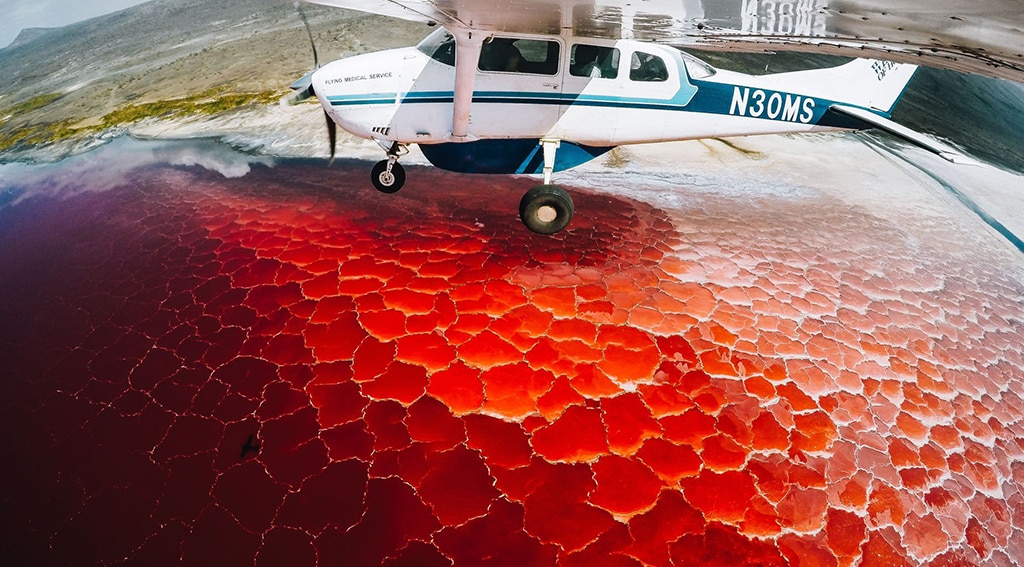
Fed by natural springs from the surrounding volcanoes, the lake’s waters are rich with a mixture of salts and minerals, called natron. Hence the name. These minerals are revealed when the water level decreases in the dry season and form a crimson crust over the lake’s surface. Here, salt-loving microorganisms flourish, giving the lake’s surface its deep red hue. The scorching waters can reach temperatures of over 40 degrees celcius and are highly alkaline. The PH level of the lake can reach up to 10.5, nearly as high as ammonia, burning the skin and eyes of animals that aren’t adapted to it and poisoning most animals who drink from its banks.
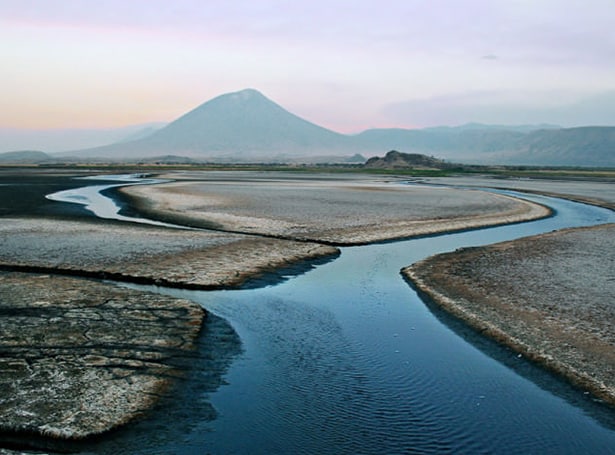
The most mysterious part of Lake Natron is its eerie ability to turn animals corpses to stone. The extreme sodium bicarbonate content preserves animals perfectly through calcification, leaving behind statue like figures that wash up on the shore. Photographer Nick Brandt captured this haunting phenomenon in his photographic series ‘The Calcified’. Brandt theorizes that migrating birds crash into the lake’s highly reflective surface, mummifying them in the chemically dense waters.
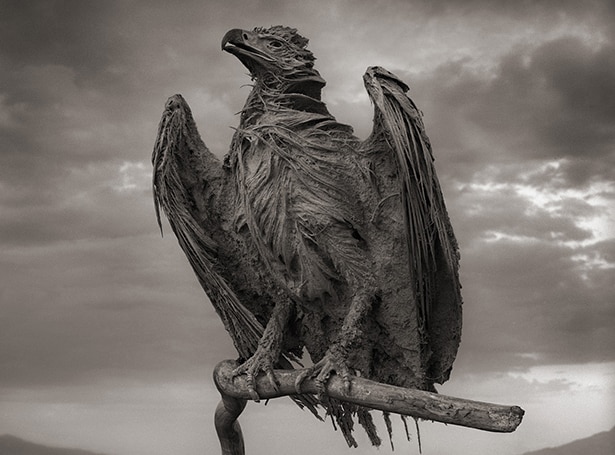
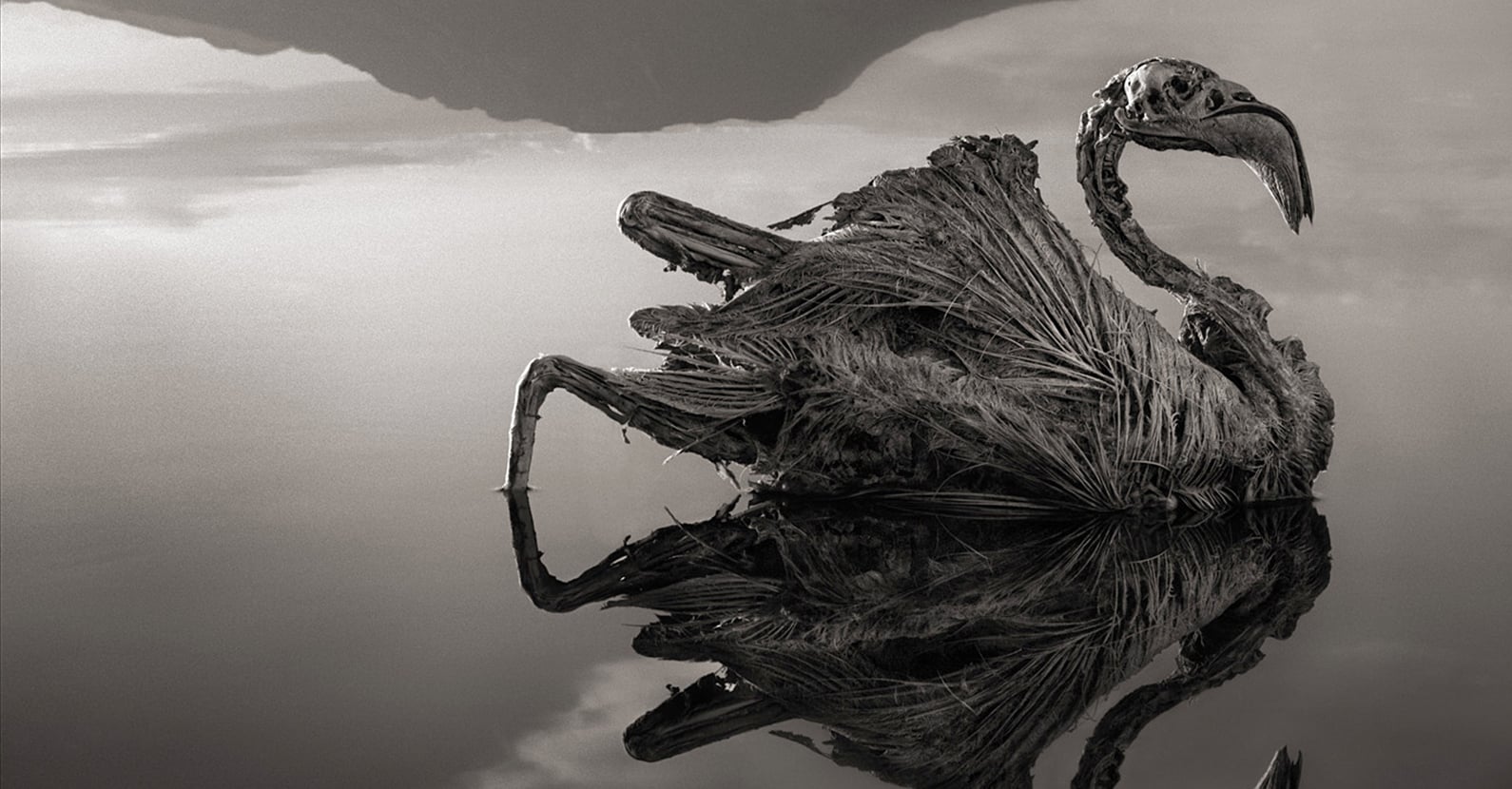
Discovering Lake Natron on a day trip from Arusha is an option and also offers scenic routes passing traditional bomas of the Maasai land and mountainous landscapes. But, if you’re wanting to see the impressive red, lunar like surface of the lake, we recommend catching it from a birds eye view. Our Adventurists can organize your charter flight with one of our established partners.
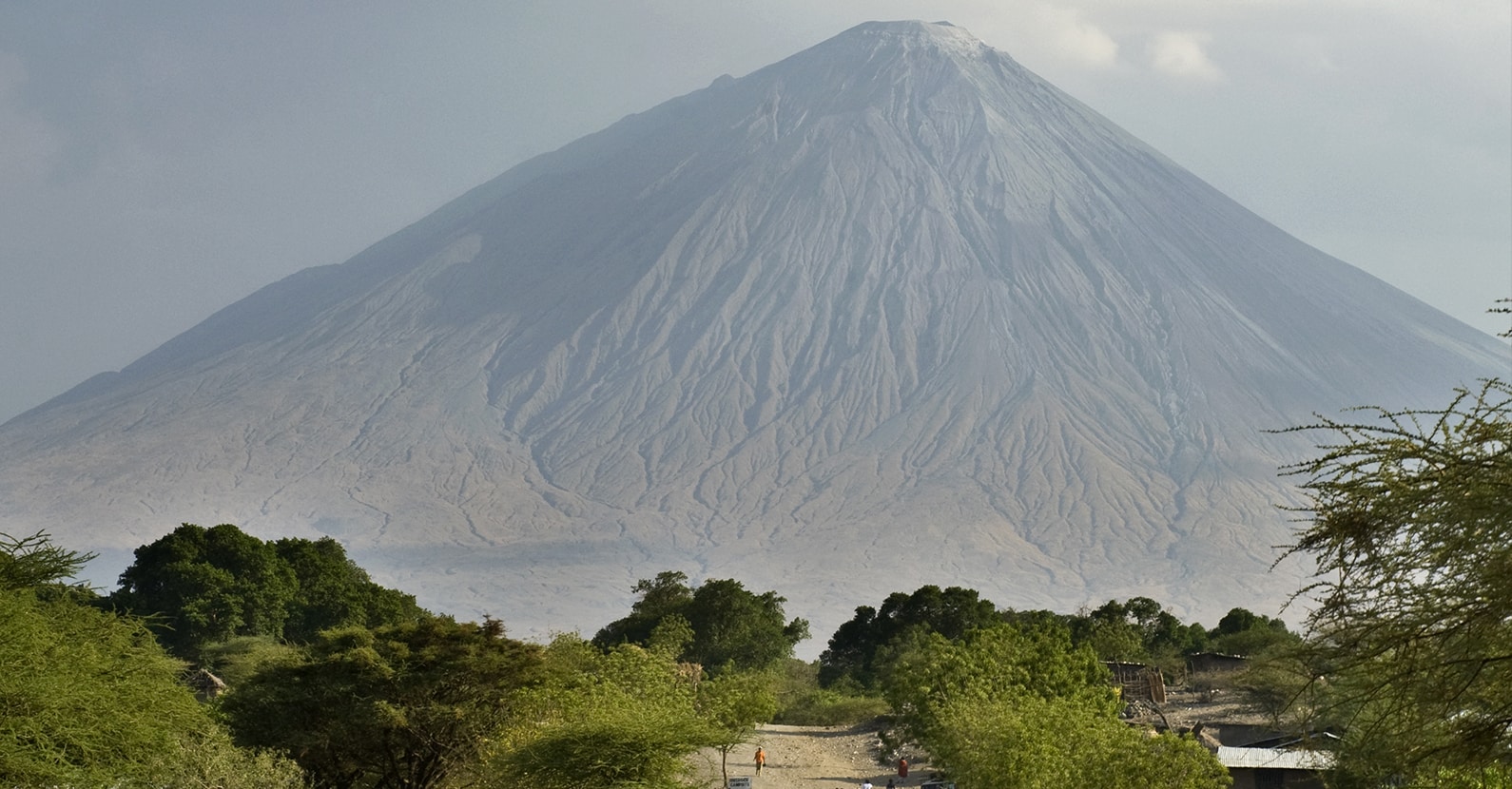
From the months of June to November, upwards of 2 million lesser flamingos gather at the lake to nest. The flamingo’s nest on the small salt islands that form during the dry season and feed on the algae living in the salty water. One might then wonder – is there a correlation between the pink flamingo and the red lake? In fact, there is! Flamingos get there pink hue from the algae, more specifically cyanobacteria, that they eat. Don’t expect to spot much else game here, as mammals do not drink from these waters as it is toxic to their bodies. We recommend visiting the nearby Ngorongoro Crater in addition to Lake Natron for the full African safari experience.

The mystery of Tanzania’s petrifying lake is one of nature’s most overlooked phenomenons. Unexplored territory in Africa is our forte, which is why we recommend seeing the magnificence of Lake Natron for yourself. Interested in adding Lake Natron to your Tanzania safari itinerary? Get in touch with one of our experts, or schedule a complimentary consultation with one of our expert Adventurists to start planning your Tanzania safari adventure today.
Ker & Downey® Africa is compliant with COVID-19 Industry Protocols.


Head office: 7 Bree Street, 6th Floor, Touchstone House, Cape Town, South Africa
+27 (0)21 201 2484
enquiries@ker-downeyafrica.com
United Kingdom: Sportsman Farm, St Michaels, Tenterden, Kent
Ker & Downey® Africa is compliant with COVID-19 Industry Protocols.